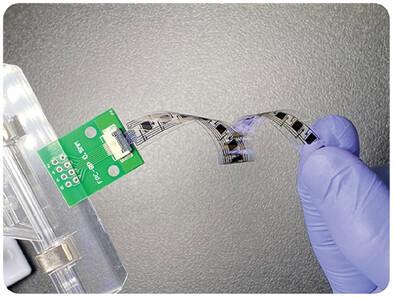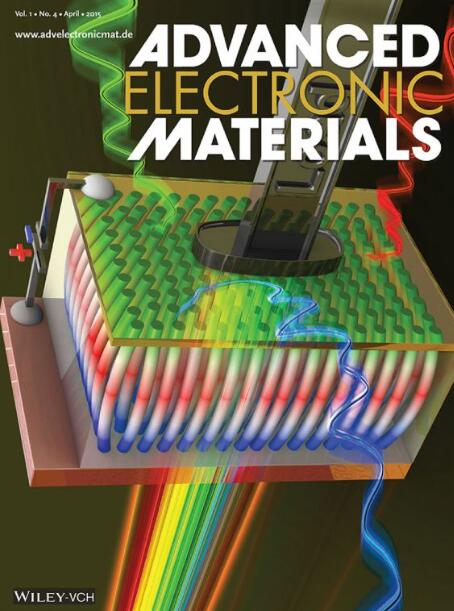Combinatorial Optimization and Large‐Scale Integration of Organic, Low‐Energy, and Fully‐Printed Flexible Ribbon Photosensors
IF 5.3
2区 材料科学
Q2 MATERIALS SCIENCE, MULTIDISCIPLINARY
引用次数: 0
Abstract
The development and optimization of flexible electronics has allowed technology to be better integrated in applications and environments where the physically rigid nature of electronics is previously a limiting factor. Printing techniques contribute to lowering the fabrication costs and making manufacturing‐on‐demand viable. The use of flexible electronics in the user interface domain has been previously explored with solution‐processed optical photodetectors created and the feasibility of using flexible sensors demonstrated in augmented paper applications. In this work, low‐cost photodetectors are developed using scalable printing techniques, their electrical performance is analyzed, and their stability over time is studied both in air and in vacuum, the structure is optimized through a combinatorial optimization experiment, and a scalable integration method is demonstrated for creating larger, addressable arrays of detectors. This is a demonstration of how printing methods allow for easy, cost‐effective, and low‐energy manufacturing of uniform and stable photosensors.

求助全文
约1分钟内获得全文
求助全文
来源期刊

Advanced Electronic Materials
NANOSCIENCE & NANOTECHNOLOGYMATERIALS SCIE-MATERIALS SCIENCE, MULTIDISCIPLINARY
CiteScore
11.00
自引率
3.20%
发文量
433
期刊介绍:
Advanced Electronic Materials is an interdisciplinary forum for peer-reviewed, high-quality, high-impact research in the fields of materials science, physics, and engineering of electronic and magnetic materials. It includes research on physics and physical properties of electronic and magnetic materials, spintronics, electronics, device physics and engineering, micro- and nano-electromechanical systems, and organic electronics, in addition to fundamental research.
 求助内容:
求助内容: 应助结果提醒方式:
应助结果提醒方式:


